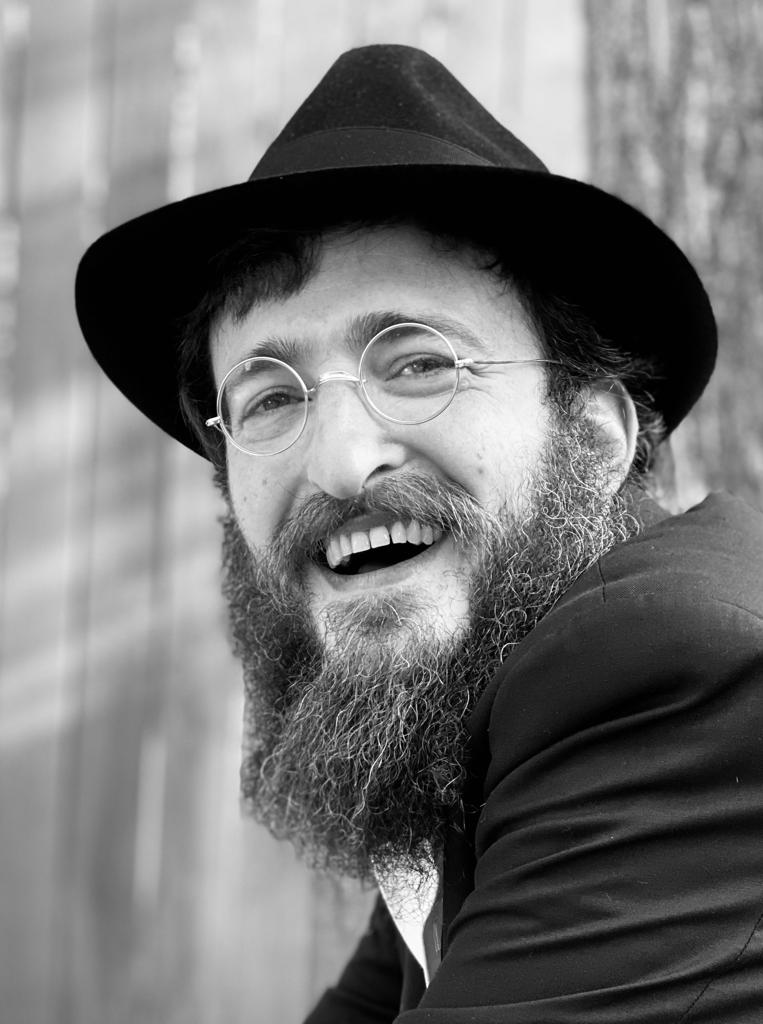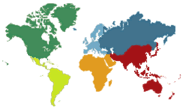President of Israel Reuven Rivlin attended a memorial event on Monday evening at the Chabad House in Mumbai, India, marking eight years since the devastating 2008 terrorist attacks that killed the center’s founders and directors, Chabad-Lubavitch emissaries Rabbi Gavriel and Rivka Holtzberg; four of their guests; and another 158 people throughout the city.
Rivlin, accompanied by his wife, Nechama, visited the bullet-riddled fourth and fifth floors, pausing in the bedroom of the Holtzbergs’ son, Moshe—spirited to safety by his Indian nanny—before descending to the second floor, where he unveiled a memorial plaque dedicated to the victims. The plaque is next to the office where Rabbi Holtzberg worked.
“The walls [of Moshe’s room] are still covered by the drawings of his mother, colorful aleph bet letters that she used to teach him alongside cartoon illustrations of mezuzahs and Torah scrolls,” described Rivlin after the event.
“Moshe is now with us in Israel, together with his family. Am Yisrael chai [“the people of Israel live”]. And here, in this Chabad House, which is always open and serves as a warm home for Jews from around the world on a daily basis, I think exactly that. The people of Israel live, the entire free world lives, and we will defeat terrorism.”
Rivlin is the highest-ranking dignitary to visit the Chabad House, which is located on a narrow lane in the seafront Colaba neighborhood, Mumbai’s tourist hub. The center was previously visited by Canadian Prime Minister Stephen Harper in 2009, among other public figures over the years.
Chabad-Lubavitch of Mumbai has been under the directorship of Rabbi Yisroel and Chaya Kozlovsky since 2013, when the couple arrived in India’s largest city to continue the Holtzbergs’ mission to support a thriving Jewish life in Mumbai. The Chabad House, which was severely damaged during the firefight between Indian commandos and the Pakistani Muslim terrorists holed up in the Jewish center, was renovated and reopened in 2014. Today, it once again serves as a central address for Israeli backpackers and diplomats; Indian Jews; visitors from around the world; and Jewish businesspeople who live, work and visit Mumbai.

“President Rivlin’s visit tonight was about remembering the lives of more than 160 innocent people who were brutally killed in Mumbai,” says Rabbi Kozlovsky. “It was also a testament to the life and work of Gabi and Rivky. He was showing appreciation for what they did and what they died doing.”
While the Chabad House’s synagogue and social spaces have reopened and are in full use, boasting Torah classes, Shabbat and holiday meals, and synagogue services, the fourth and fifth floors—the sites of the worst bloodshed during the heinous 48-hour-attack—are, together with the roof deck, in the long process of being turned into the first museum and memorial dedicated to the dark events of those days.
“Touring the Chabad House is a powerful experience and a vivid statement,” says Kozlovsky. “It is a place where darkness battled light.”
A ‘Profoundly Moving’ Experience
Since their arrival in the city, the Kozlovskys have thrown themselves into continuing the Holtzbergs’ work, while at the same time pursuing new initiatives and adapting to Mumbai’s ever-changing landscape. They opened a Jewish day school last year in Mumbai—a tall order considering how great an emphasis Indian parents (Indian Jews among them) place on the quality of their children’s education; some Indians can spend as much as half their salaries on their child’s tuition. When Mumbai’s business district moved to a neighborhood on the other side of the traffic-ingested city, Kozlovsky established an offshoot Chabad center to serve Jewish businesspeople, who spend most of their week there.

But one effort that has moved the rabbi in particular is the Chabad House museum. Designed by Ralph Appelbaum Associates, the firm behind the United States Holocaust Memorial Museum, the Chabad House museum will be a place for people of all faiths to learn and reflect on the attack; on the life of observance and selfless dedication led by the Holtzbergs; and on universal moral principles that find their roots in Judaism, but are applicable to people from all faiths and walks of life.
The targets chosen by the Lakshar-e-Taiba terrorists were busy public places, where they hoped to achieve the maximum number of casualties—that is, aside for the Chabad House. In making their symbolic diversion towards the low-profile Jewish center, the message sent by the terrorists was clear: to transform the Chabad House, also known as Nariman House, into an international symbol of the battle between good and evil.
“The first time I was there, the baby’s toys were still scattered around; it was a scene of terror and sheer, in-your-face Jew-hatred,” recalls Rabbi Abraham Cooper, associate dean at the Simon Wiesenthal Center, whose decades-long work to counter negative stereotypes about Jews in Asia and create avenues of dialogue has led him throughout the Far East, including numerous visits to India. “Even now, you can still see the fight between decency and evil, the holy and the profane.”

Cooper describes the space as intimate, where tourists can visualize the victims’ horrific and heroic last hours, and appreciate just how miraculous the rescue of young Moshe Holtzberg, now 10, was. He says the museum and memorial will have a powerful impact on Indian society as well, which, with its thousand-year history of no anti-Semitism, had a hard time understanding why the terrorists would attack the Jewish center.
“To re-establish [the idea] that decency will win the day in this place,” adds Cooper, “is profoundly moving.”
Kozlovsky attests that everyone he shows the damaged parts of the Chabad House to comes away shaken and changed. He saw it with Rivlin and the Israeli delegation, and he feels it constantly himself.
“The place speaks for itself,” affirms Kozlovsky. “The first time I walked in, my heart was pumping; I couldn’t process the emotions immediately. But the second and third time I entered the Chabad House, the enormity of what happened here dawned on me. I knew then that we need to sustain that feeling and find a way to share it with as many people as possible—that it should have an everlasting impact on their life.”










Start a Discussion